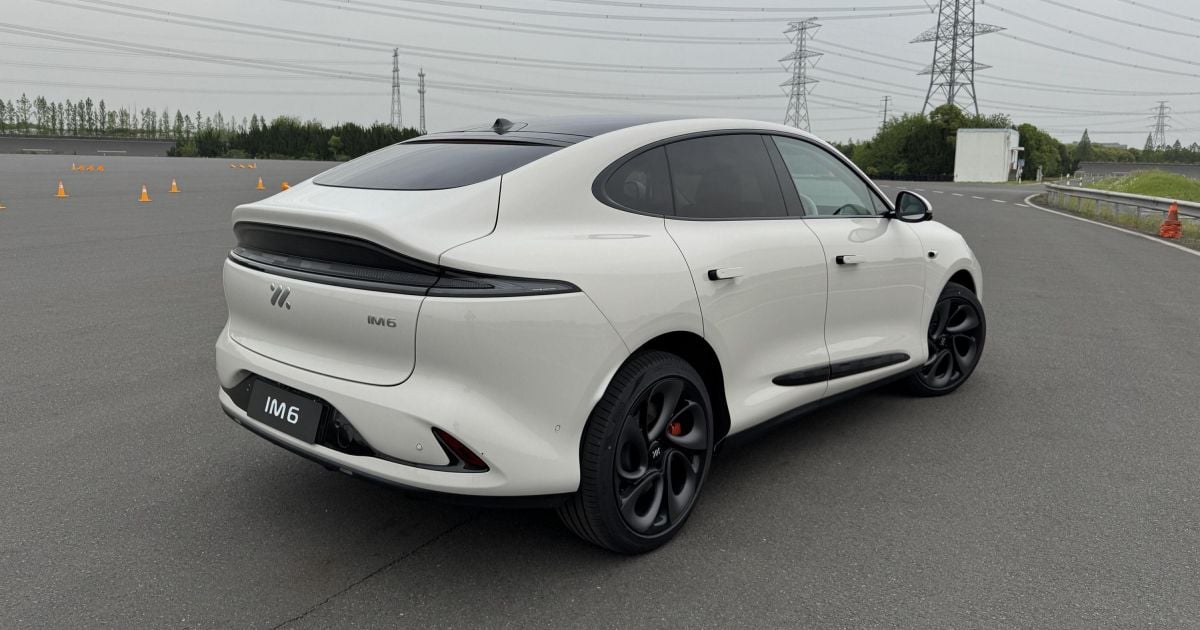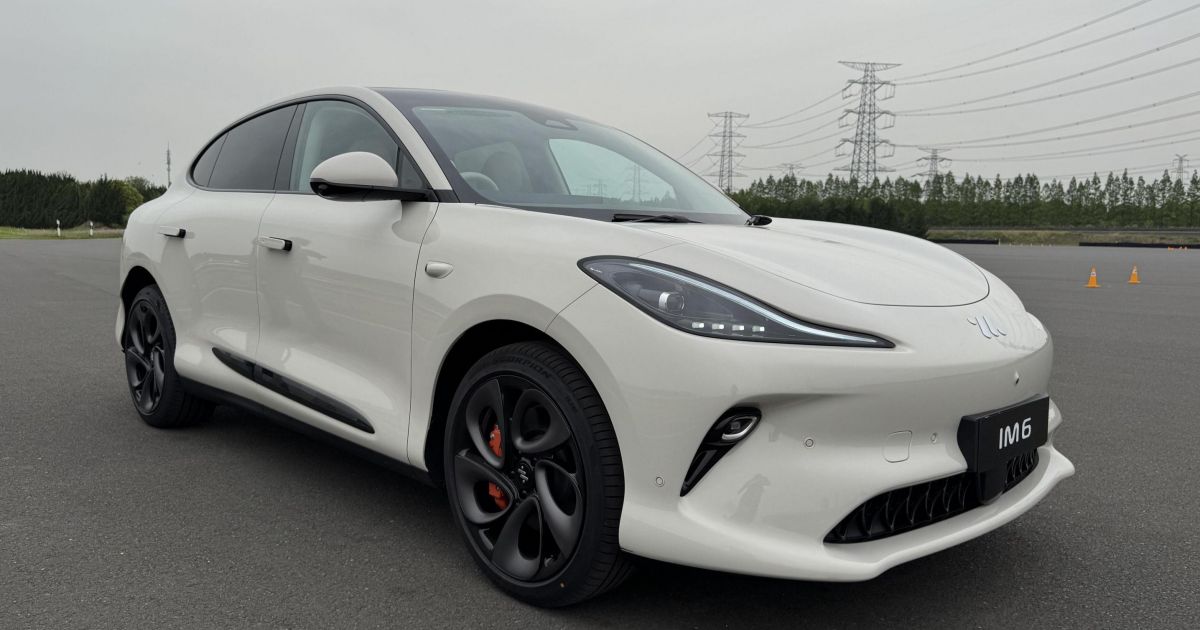MG’s more premium sister brand IM Motors – which will be called IM Presented by MG Motor in Australia – has unveiled details about its ‘Digital Chassis’ technology ahead of its local launch next month.
The Chinese luxury auto brand claims the technology will bring unprecedented levels of comfort, handling, and safety to its upcoming EV lineup.
The first IM vehicles are due in Australia in late June with two models from the brand – the IM5 sedan and IM6 SUV – confirmed for our market.
Central to IM’s Digital Chassis is an intelligent system that integrates various vehicle dynamics features – adaptive air suspension, intelligent damping, and four-wheel steering – into one unified platform.
Hundreds of new car deals are available through CarExpert right now. Get the experts on your side and score a great deal. Browse now.
IM says that by combining all systems into one and applying AI algorithms and high-speed computing (utilising Nvidia chipsets), its vehicles can coordinate movement in real-time and significantly enhance vehicle responsiveness and stability. IM calls it Vehicle Motion Control, or VMC for short.
IM’s intelligent air suspension offers three adjustable ride heights with 45mm of range, automatically adapting to road conditions to deliver comfort or improved ground clearance when needed.
Its four-wheel steering system provides up to 12 degrees of turning angle at the rear wheels – IM claims a turning radius comparable to a Mini Cooper, despite its larger dimensions.
In real-world testing, IM’s claims its Digital Chassis reduced the risk of vehicle rollover by 33 per cent and improved stability control effectiveness by up to 80 per cent compared to conventional systems. This was recently demonstrated in moose test scenarios, where the IM5 achieved a speed of 90.96km/h.
For context, the pre-Juniper update Tesla Model Y achieved the same feat at 83 km/h. The usual speed for a moose test is 80km/h.
Another interesting feature, dubbed ‘Intelligent Comfort Stop,’ claims to eliminate uncomfortable lurching when braking abruptly or stopping on steep gradients. According to IM, this system reduces potential motion sickness by over 92 per cent to enhance driver and passenger comfort.
Where traditional cars manage movement independently, IM’s Digital Chassis integrates all directional movements into one fluid, coordinated motion.
It remains to be seen how these features will work in Australian roads, but MG engineers have been seen testing the systems locally ahead of the car’s launch.
Entering a competitive market dominated by the likes of Tesla, IM Motors is trying to set itself apart from established EV players using new technology as its unique selling point.
We recently drove the Tesla Model Y-rivalling IM6 and experienced a few of these new features in the real world, as well as the car’s software suite. A full review is coming soon.
Full Australian specifications and launch timing remain under wraps, but IM’s unique chassis claims could potentially be a key differentiator in the fiercely competitive luxury EV market upon the brand’s arrival in late June this year.



